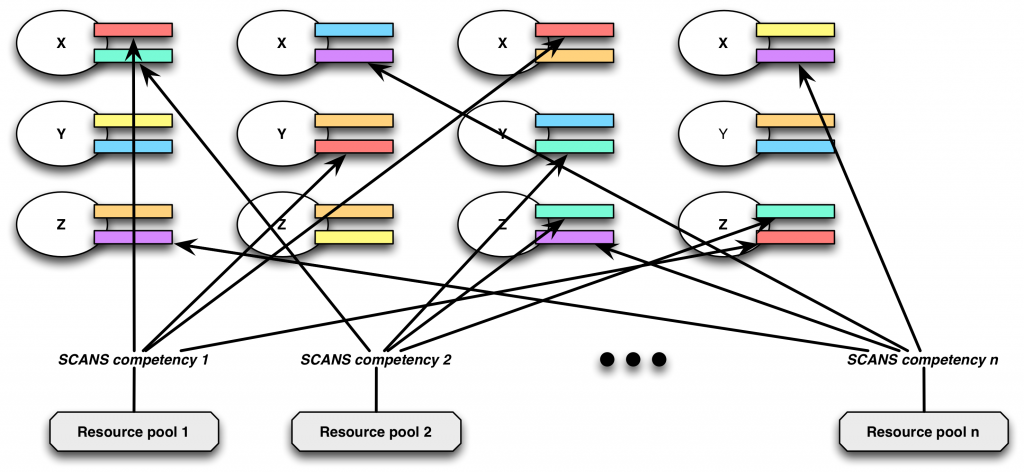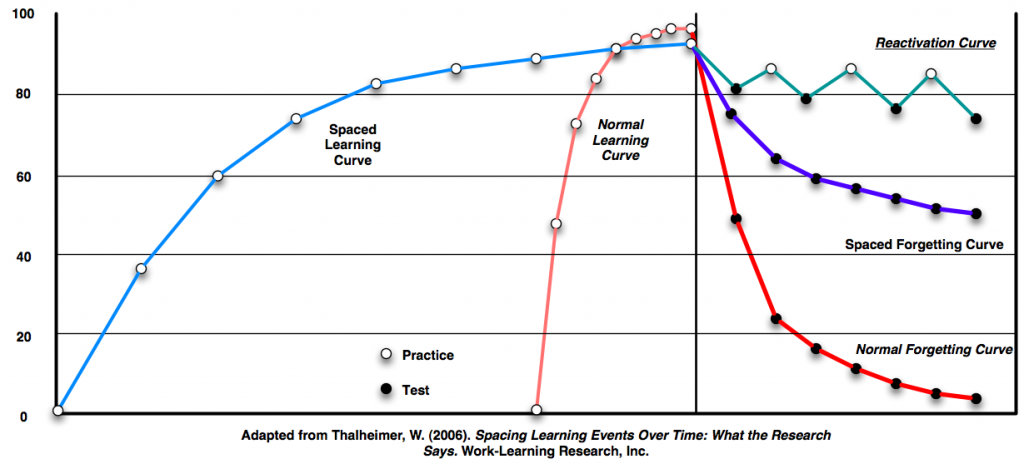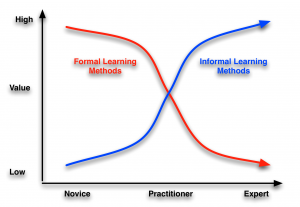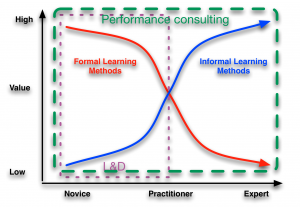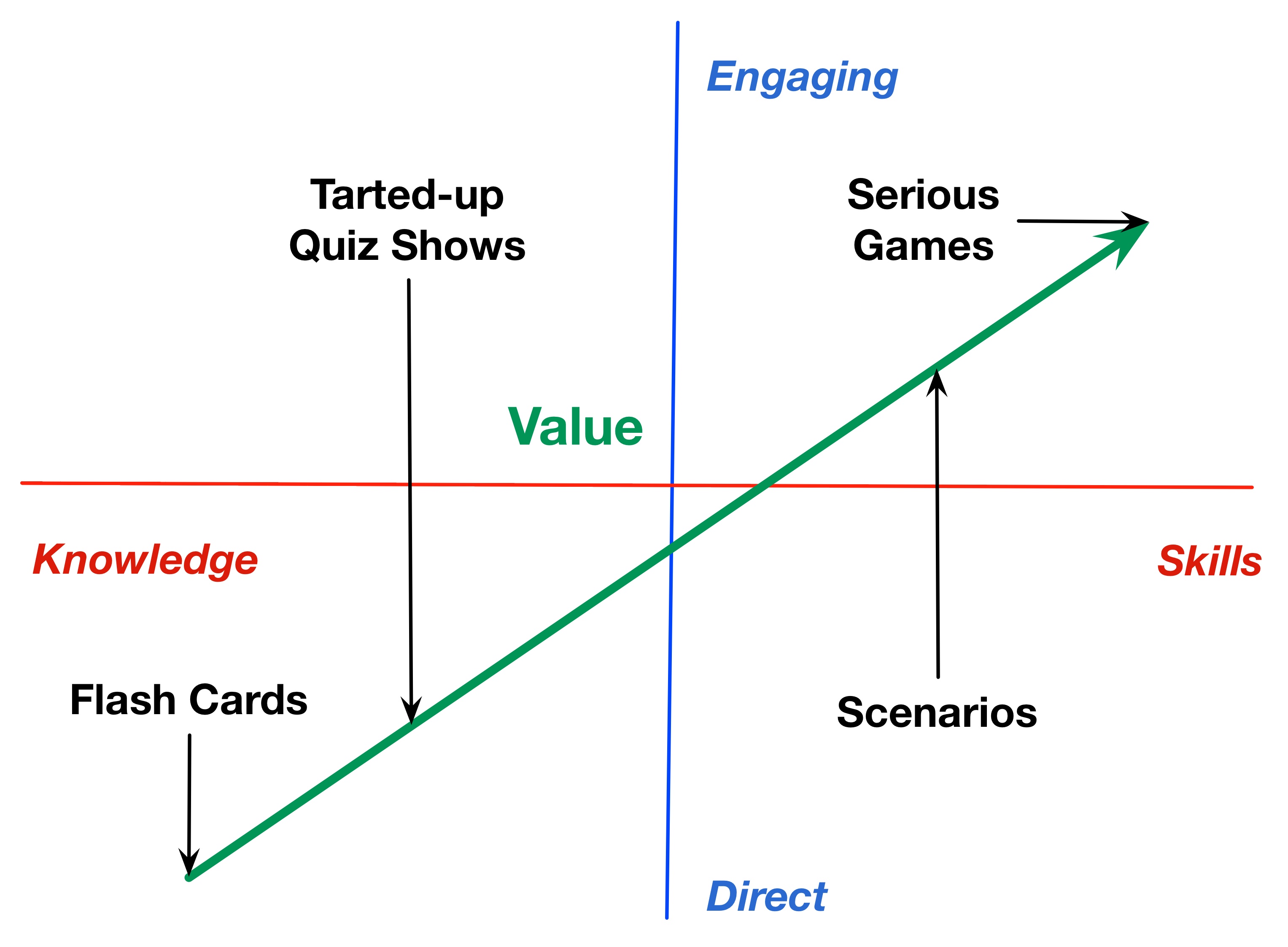When we have to act in the world, make decisions, there are a lot of bases we use. Often wrongly. And we need to call it out and move on.
As I pointed out before, Kahneman tells us how we often make decisions on less than expert reflection, more so when we’re tired, and create stories about why we do it. If we’re not experts, we shouldn’t trust our ‘gut’, but we do. And we will use received wisdom, rightly or wrongly, to justify our choices. Yet sometimes the beliefs we have about how things work are wrong.
While there’s a lot of folk science around that’s detrimental to society and more, I want to focus on folk science that undermines our ability to assist people in achieving their goals, supporting learning and performance. Frankly, there are a lot of persistent myths that are used to justify design decisions that are just wrong. Dr. Will Thalheimer, for instance, has soundly disabused Dale’s Cone. Yet the claims continue. There’re more: learning styles, digital natives, I could go on. They are not sound bases for learning design!
It goes on: much of what poses under ‘brain-based’ learning, that any interaction is good, that high production values equal deep design, that knowledge dump and test equals learning. Folks, if you don’t know, don’t believe it. You have to do better!
Sure, some of it’s compelling. Yes, learners do differ. That doesn’t mean a) that there are valid instruments to assess those differences, or more importantly b) that you should teach them differently. Use the best learning principles, regardless! And using the year someone’s born to characterize them really is pretty coarse; it almost seems like discrimination.
Look, intuition is fine in lieu of any better alternative, but when it comes to designing solutions that your organization depends on, doing anything less than science-based design is frankly fraudulent. It’s time for evidence-based design!

